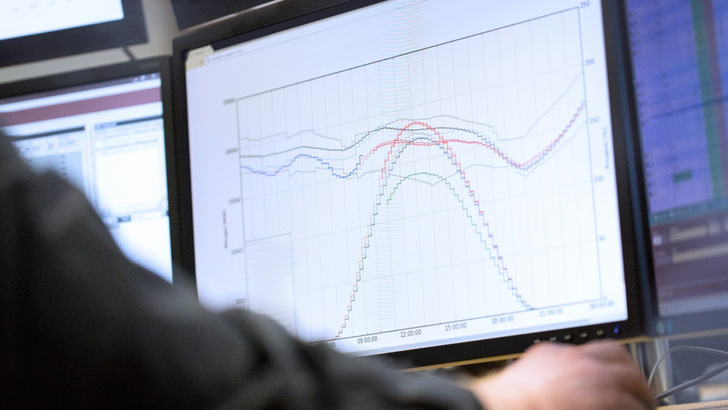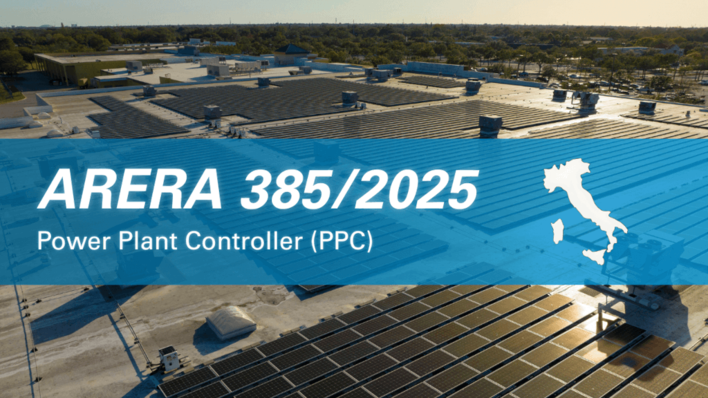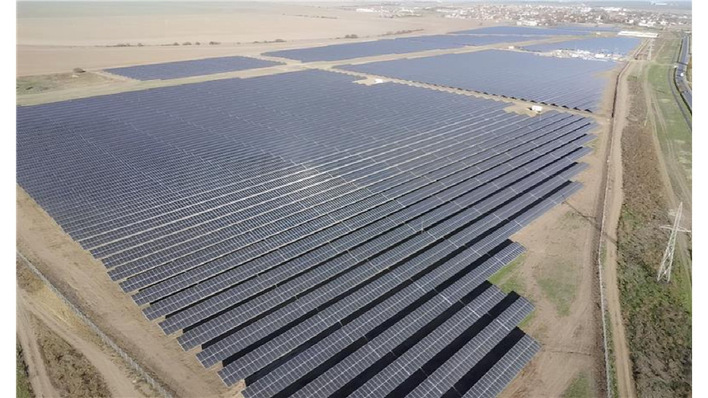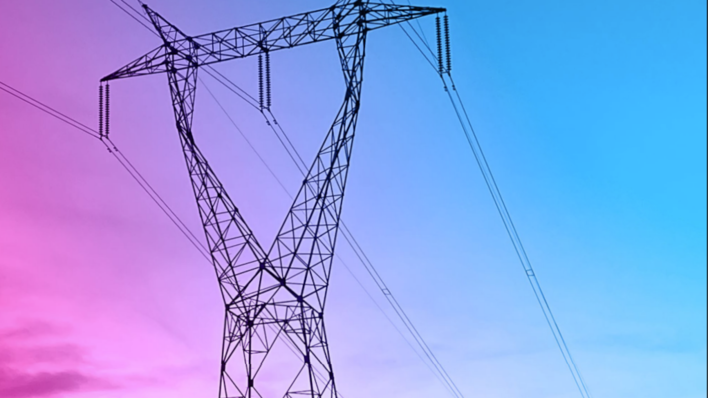A consortium of various partners from the energy industry has built virtual power plants in Japan from many small green power plants. Next Kraftwerke Toshiba Corporation (TNK) and Toshiba Energy Systems & Solutions Corporation (Toshiba ESS) and nine other companies in the Japanese energy industry are leading the project. The two lead companies have already realised a total of 17 virtual power plants in the past year. In total, the consortium thus controlled volatile energy generators such as photovoltaic and wind power plants with a total of one gigawatt of power plant capacity as well as battery storage systems of the consortium members.
New technologies tested
These virtual power plants have the function of balancing out fluctuations in the Japanese energy system. However, they should also be economical. For this reason, the consortium members have tested within the framework of the project how a stable and efficient power system can be created by networking and controlling decentralised plants in a virtual power plant.
See also: Next Kraftwerke passes 10,000-megawatt capacity milestone
At the same time, they tested and evaluated new technologies for feed-in forecasting and fluctuation balancing in order to later combine more green power plants into virtual power plants on the basis of the results achieved. Based on the results, TNK and Toshiba ESS also plan to launch a direct marketing service at a later date to promote the integration of renewables into the Japanese market.
Own balancing groups formed
To test the virtual power plants and the new feed-in forecasting technologies, each has formed its own balancing group of green power producers. The operators also recorded and evaluated the accuracy of the feed-in forecasts, the avoidance of balancing energy risks and the economic efficiency of the entire virtual power plant. In addition, the consortium carried out the same evaluations with all plants of the consortium members across the balancing group.
Electricity feed-in forecast
Various models - including one from Next Kraftwerke in Cologne, Germany - were used to evaluate the forecasting accuracy. Thus, on the basis of a system developed by Toshiba ESS and Next Kraftwerke, the forecast power generation and the actual amount generated can be graphically displayed and compared with each other. After all, an accurate feed-in forecast is an important factor in keeping the power system stable. At the same time, the forecast is a central component for marketing the electricity on the exchanges. With the newly developed system, the operators of the virtual power plants could create schedules for each control area based on the feed-in forecast and place corresponding bids on the associated energy markets.
Rate of forecast errors halved
The results of the test phase are impressive. Overall, the project partners have recorded positive effects in all three areas - feed-in forecasting, avoidance of balancing energy and economic efficiency. For example, by combining the different green power plants, they have managed to reduce the rate of forecasting errors by two to four per cent. By comparison, the rate of forecast errors for individual photovoltaic plants is four to eight per cent on average.
Electricity fluctuations reduced
With the virtual power plant, electricity fluctuations could also be reduced to 1.8 per cent in the best case. This was achieved primarily by integrating networked battery storage units into the virtual power plant. This is because they charged or discharged depending on the current grid situation. In addition, the operators of the virtual power plants were able to use them to realise system-serving transactions on intraday trading.
Placing plants on the market
The operators of virtual power plants also rate the economic efficiency positively. This is because the creation of schedules for battery storage has resulted in measurable advantages. One of the results of the economic efficiency assessment is that, for example, by using feed-in and market forecasts, the most cost-effective time for charging and discharging battery storage can be determined in terms of price and demand.
Keeping an eye on cyber security
However, the project did not only develop and test technologies that directly deal with the networking and control of the decentralised plants that were combined in the virtual power plant. The project partners also looked at the higher-level aspects. These include, among other things, possible insurance products for the operators of the virtual power plants.
Also interesting: How to get households involved in grid balancing
But this also includes cyber security, which plays a role in the grouping and especially in the control of the decentralised plants in a virtual power plant. "The project has shown that TNK and Toshiba ESS are on a very good path to develop technological solutions and services that facilitate the secure integration of decentralised energy plants into the Japanese electricity system and at the same time pave the way to commercialisation," Alexander Krautz, Head of Business Development at Next Kraftwerke, summarises the results. (su/mfo)








